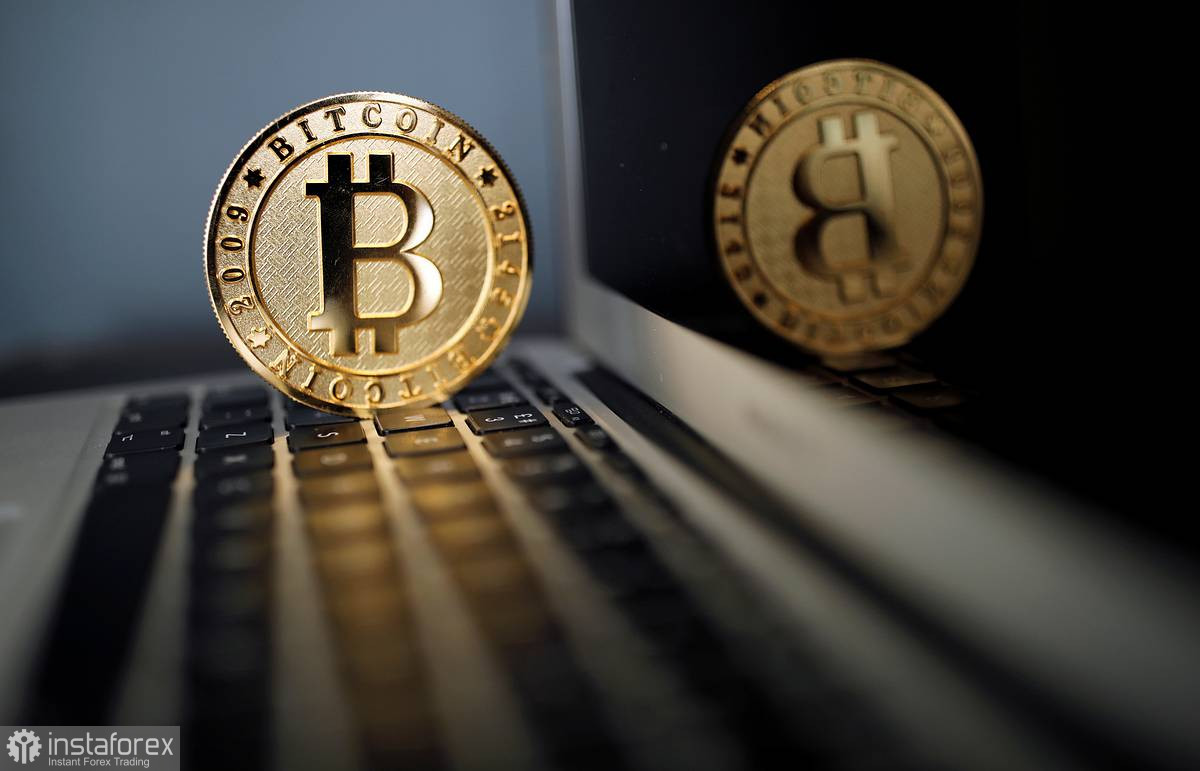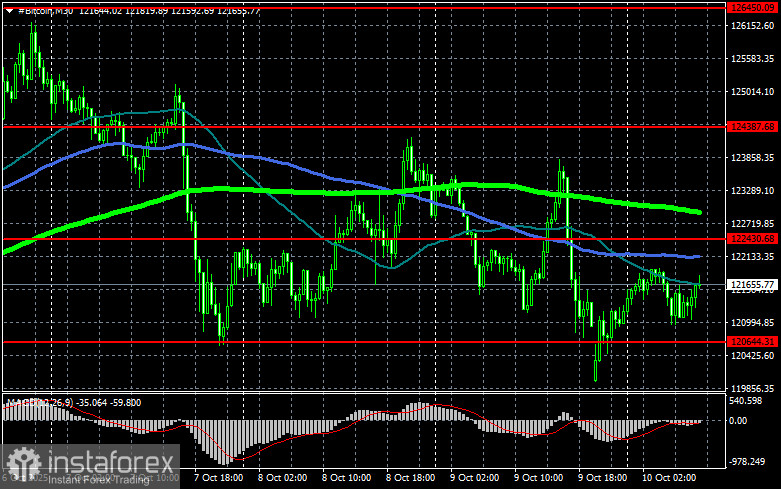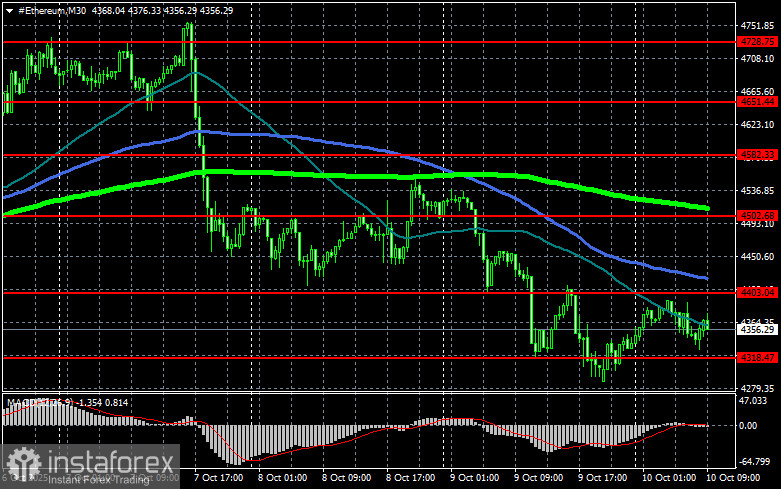Bitcoin has consolidated above $120,000 and is currently trading sideways—possibly preparing for a new wave of growth. According to analysts at JPMorgan, exchange-traded funds (ETFs) for new cryptocurrencies are likely to be approved soon but will attract significantly lower capital inflows than spot ETFs for Bitcoin or Ethereum.
It is expected that the US Securities and Exchange Commission (SEC), after the government shutdown ends, will issue rulings this month on nearly 16 applications for cryptocurrency ETFs, including those linked to Solana and XRP. Although these discussions have been ongoing, forecasts from such major financial institutions should not be taken lightly. A positive decision would mark another step toward unlocking large-scale capital inflows into the digital asset market.

Particular attention is being paid to the ETF applications tied to Solana and XRP—two of the most traded cryptocurrencies after Bitcoin and Ethereum. The approval of these funds would send a strong signal that these digital assets are being recognized as mature instruments capable of withstanding regulatory scrutiny. This could also provoke a sharp increase in their market value, opening new opportunities for both traders and long-term investors.
It is worth noting that the SEC recently simplified the process by adopting universal listing standards, eliminating the need to file applications for specific tokens. This has led to a sharp rise in the number of crypto ETF filings. For Solana-based ETFs, October 10 is the final date for application submission, and anticipation around the approval is growing.
Optimism surrounding a potential approval is already reflected in the premium of the Grayscale Solana Trust (GSOL) to its net asset value, which has dropped from over 750% last year to just slightly above zero now. This decline mirrors the performance of Grayscale's Bitcoin and Ethereum trusts ahead of their conversions into spot ETFs.
JPMorgan states that a Solana ETF would still receive substantial capital inflows. However, while the likelihood of approval is high, the bank's analysts expect that investor demand will be relatively limited. It is estimated that net inflows may reach around $1.5 billion in the first year—about seven times less than what Ethereum ETFs attracted during their first year.
Interestingly, this latest projection contrasts with earlier forecasts made by another JPMorgan team led by Kenneth B. Worthington, who estimated earlier this year that Solana ETFs, if approved, could attract between $2.7 billion and $5.2 billion in net inflows within 6 to 12 months.
Trading recommendations:

As for the technical picture on Bitcoin, buyers are currently targeting a return to the $122,400 level, which opens a direct path to $124,400—and from there, the $126,450 zone is within reach. The furthest upside target is around $129,100. Overcoming this level would indicate further strength in the bull market. In the event of a pullback, buyers are expected at the $120,600 level. If the price falls below this zone, BTC could quickly decline toward $119,000. The most distant target to the downside is the $117,100 area.

As for Ethereum, a confident consolidation above $4,403 opens the way to $4,502. The furthest target is the $4,582 maximum. Surpassing this level would mean a strengthening of the bull trend and growing buyer interest. If Ethereum starts to fall, buyers are expected at the $4,318 level. A drop below this area could push ETH further down to $4,244, with the most distant support level at $4,155.
What we see on the chart:
- Red lines indicate support and resistance levels, where a short-term pause or sharp price movement is expected;
- Green lines – 50-day moving average;
- Blue lines – 100-day moving average;
- Light green lines – 200-day moving average.
A crossover, or price test, of moving averages typically either halts a trend or triggers a fresh market impulse.
 English
English 
 Русский
Русский Bahasa Indonesia
Bahasa Indonesia Bahasa Malay
Bahasa Malay ไทย
ไทย Español
Español Deutsch
Deutsch Български
Български Français
Français Tiếng Việt
Tiếng Việt 中文
中文 বাংলা
বাংলা हिन्दी
हिन्दी Čeština
Čeština Українська
Українська Română
Română

